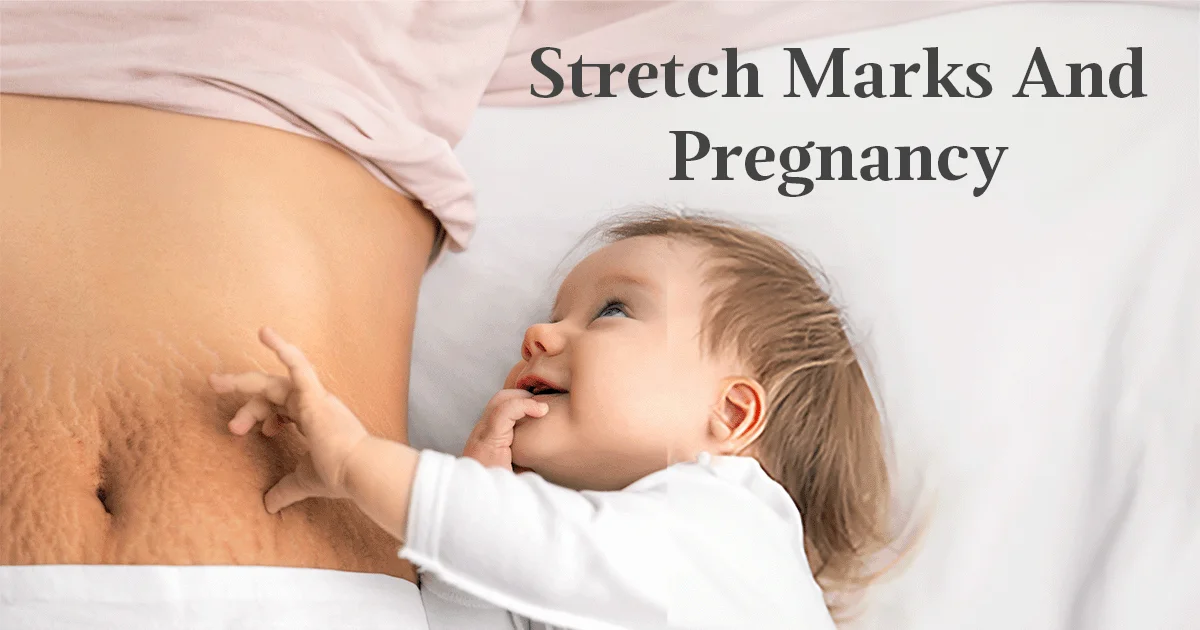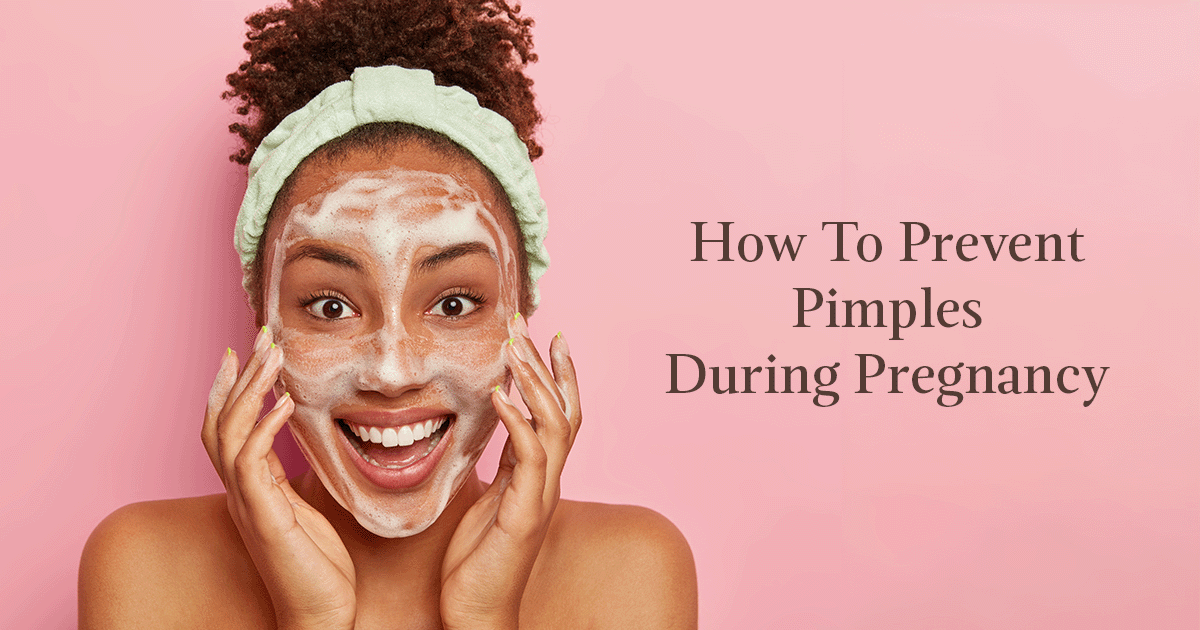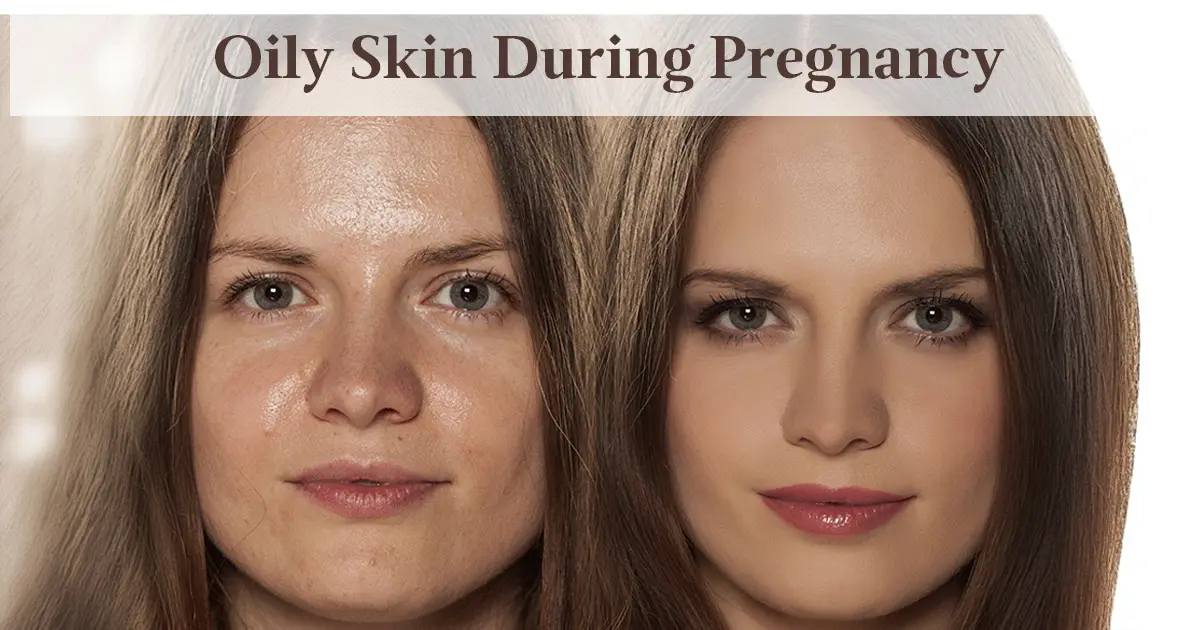
Every pregnancy is unique. For some, it’s a story of radiant pregnancy glow, while for others, it may involve pigmentation, acne, or other unexpected skin changes. Alongside these experiences, many old wives’ tales about pregnancy skin continue to circulate.
Pregnancy is a phase filled with profound immunological, hormonal, and metabolic shifts and often, the first signs of these changes appear on the skin. But do these skin issues require medical attention?
In this blog, let’s explore the common skin changes during pregnancy, understand their causes, and know when it’s time to seek help.
Understanding Skin Changes During Pregnancy
A woman's body goes through a lot of changes during pregnancy, with pregnancy-related skin changes being one among them. These don't happen by chance; they're caused by changes in the immune system, metabolism, blood flow, and hormonal changes that occur normally during pregnancy.1
These skin changes can appear in three main ways:
- Physiological Changes: These are normal and expected skin responses due to hormonal shifts. Examples include:
-
- Stretch marks
- Increased pigmentation (like melasma or linea nigra)
- Skin darkening in certain areas
- Changes in Pre-Existing Skin Conditions: If a woman already has a skin condition like eczema, psoriasis, or acne, pregnancy might cause these conditions to get better, or sometimes worsen. 1
- Pregnancy-Specific Dermatoses: These are a group of rare skin disorders that occur exclusively during pregnancy or the postpartum period. Because they are relatively uncommon and not widely recognised, these conditions are often misunderstood. This lack of awareness can sometimes result in misdiagnosis or inappropriate treatment, highlighting the need for greater clinical understanding and early identification. 1
Common Skin Changes During Pregnancy
Pregnancy is a period in which more than 90% of women experience significant and complex skin changes that can have a noticeable impact on daily life and self-image. These changes are influenced by hormonal, vascular, and metabolic shifts that occur naturally during this time. 1 2
Some of the most common changes include:
1) Dark Spots on Face
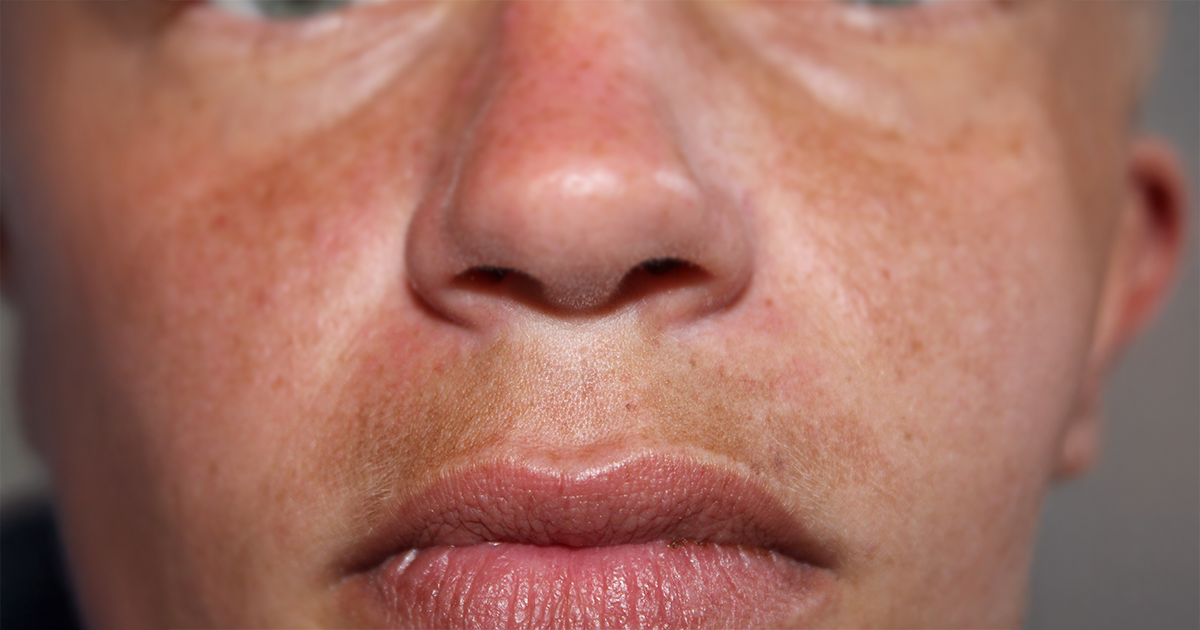
During pregnancy, the body produces more melanin, the natural pigment that gives your skin, hair, and eyes their colour. This increase can lead to dark spots or patches, especially on the face. This condition is called melasma, often referred to as the “mask of pregnancy.”
It is recommended to wear sunscreen daily with high broad-spectrum protection. This condition is not permanent. The dark spots and melasma usually fade after pregnancy or during the postpartum period.
2) Melasma
Melasma is a common pregnancy skin condition that affects up to 50% of moms-to-be. In melasma, dark brown or greyish patches form on the woman’s face or body. The commonly affected areas are the cheeks, forehead, lips, nose and chin. But occasionally you may notice these spots on your back, neck or arms as well. These appear in patches or freckle-like patterns.1
Areas which are more exposed to the sun have higher chances of being impacted. And this is the reason why melasma peaks during summer. You’re also more at risk of developing melasma if you have a darker skin tone. Because a dark skin tone means more melanin. Melanin is a pigment produced by melanocytes in the body. The pigment is responsible for imparting colour to your skin & hair. Hormones, UV rays, sun & light cause the melanocytes to produce more melanin, which results in skin hyperpigmentation or melasma.1
Melasma is completely harmless to you and your baby. But it can sometimes be unnerving to see these marks develop. While there isn’t much that can be done to stop it, you can avoid risk factors that make it worse, for example, the sun. Also, the marks gradually fade away after giving birth.1 To make them go away faster, you can opt for targeted skincare products such as AreoVeda’s Skin Brightening Serum. Enriched with the goodness of NaturePep Pea, Bakuchiol CryoGold & CryoCoffee, the serum is a true hyperpigmentation warrior.
3) Stretch Marks
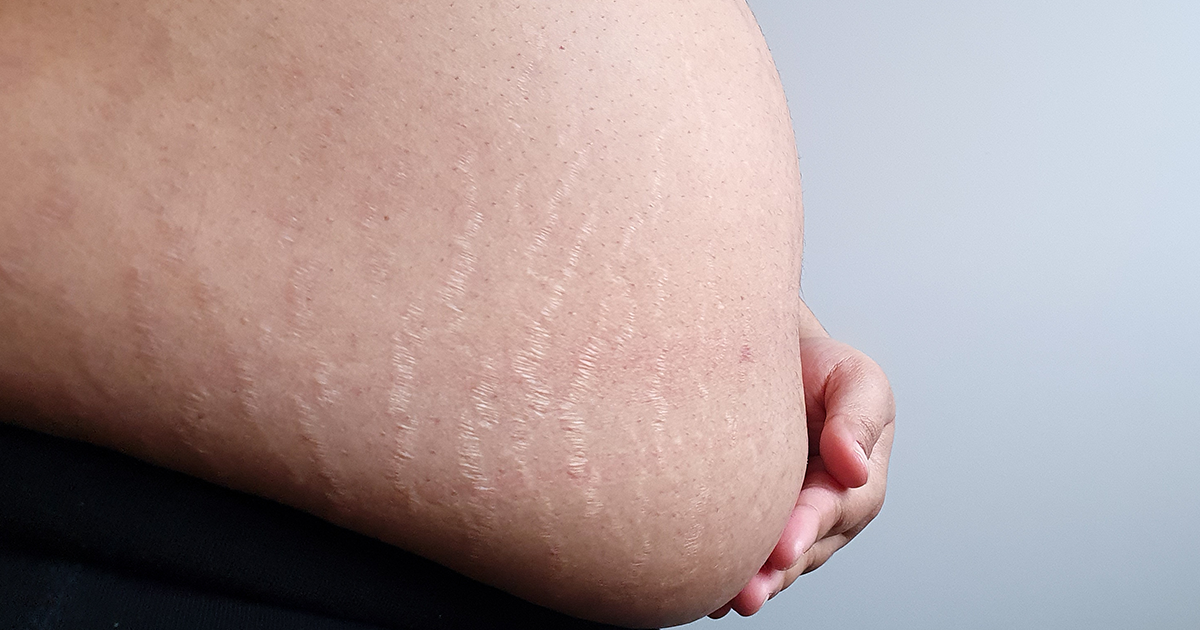
These are so common that up to 9 out of every 10 pregnant women get them.2 These appear in the form of reddish or purplish lines when your body grows bigger & stretches during pregnancy. Commonly, you find them on your growing belly. But other parts like hips, thighs, breasts & arms can also be impacted sometimes. When about to form, you feel an itchy sensation in those areas.
Again, not harmful to you or your baby, but can be aesthetically unappealing.3 So it’s obvious for you to want to get rid of them. Sadly you can’t. But cheer up because they’ll fade & become lighter over time. Bonus tip - Try using AreoVeda’s Stretch Marks Cream - it can help reduce both old and new stretch marks, ensuring visible results in 28 days. It’s formulated with glycerine & carefully selected plant extracts from traditional Chinese medicine. These have been scientifically proven to improve skin firmness and elasticity, reduce itching & soothe redness.
4) Prurigo Of Pregnancy
Prurigo of pregnancy is the itchy rash that develops on your hands, legs or belly in the first or second trimester. The rash might feel dry & bumpy. Prurigo is caused due to an alteration in the immune system during pregnancy. And while it might be annoying & uncomfortable, it doesn’t really pose any threat to you or your baby.4
Treatment mainly involves providing relief from itching. For that, you can try to keep yourself cool by wearing breathable clothes. Also, strictly avoid using harsh chemical-laden skincare products like soaps. Include a high-quality moisturiser in your routine that offers long-lasting hydration.4
5) Acne
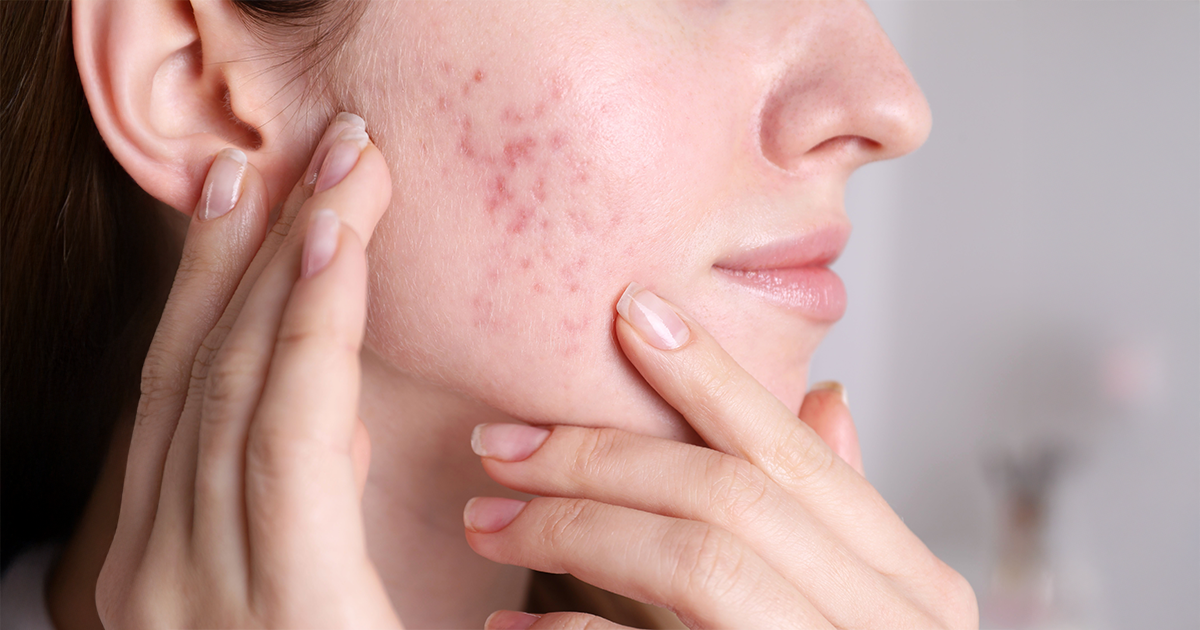
If you had acne during your teenage years, there is a good chance you may get them in your 1st trimester. The culprit behind your pregnancy acne is the hormones. They cause sebaceous glands to produce more oil. These, when built up & blocked in the ducts, take the form of acne. Skin bacteria and a genetic history also play a role in giving you pregnancy acne.5
Pregnancy acne usually goes away in the 3rd trimester and post-delivery breastfeeding. But for its proactive management, you can keep your face & hair clean, wipe makeup off before bedtime & use only non-comedogenic moisturiser or other skin care products.
To manage pregnancy acne safely:
- Wash your face twice daily with a gentle cleanser.
- Shampoo daily if you have oily hair and keep it off your face.
- Avoid picking or squeezing pimples to prevent scarring.
- Use oil-free cosmetics to avoid clogging pores.
6) Linea Nigra
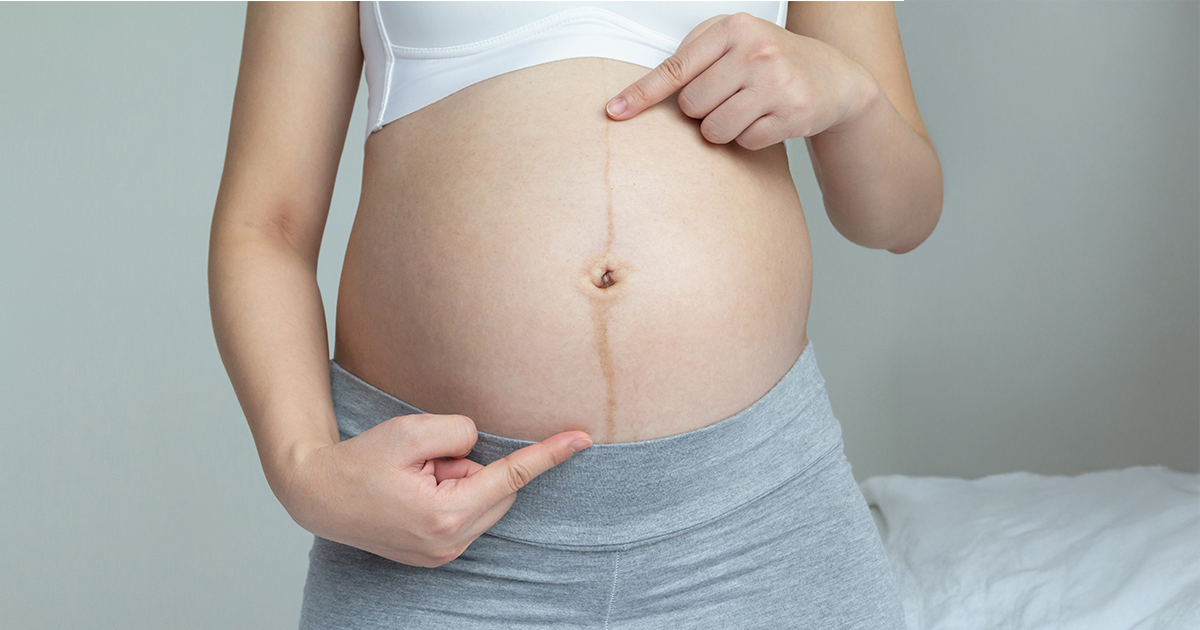
About 80% of women are affected by linea nigra, or a dark line of pigmentation that forms between your pubes and the belly button, sometimes stretching further. While there isn’t much known about its exact cause, studies show that the increase in melanocyte-producing hormone during pregnancy causes an increase in melanin production which leads to skin pigmentation.6
Linea nigra doesn't pose any health threat and usually goes away on its own after delivery when the hormone levels reach back to normal. To prevent it from getting worse, you should avoid going out in the sun. You can also consume foods rich in folic acid as it may help reduce the intensity of these lines.6
7) Varicose veins
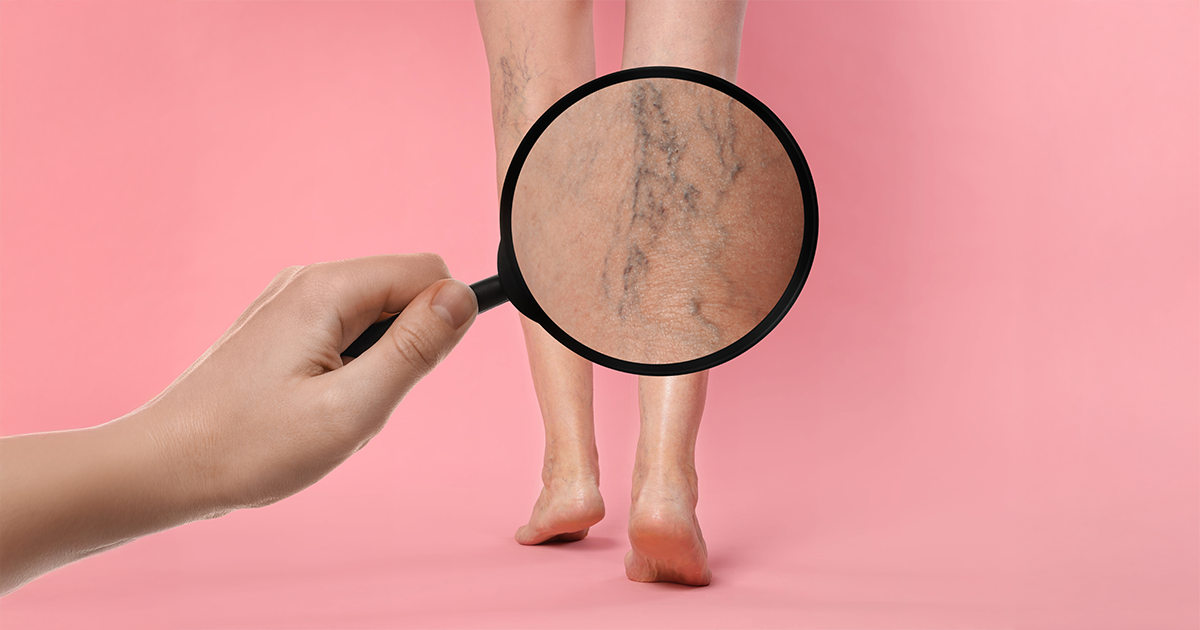
As your uterus grows, it puts pressure on the veins in your lower body. This can reduce blood flow and cause veins, especially in your legs to become swollen, sore, and bluish. These are known as varicose veins.
Varicose veins can also develop in other areas, such as the vulva, vagina, and rectum (where they are called haemorrhoids). You are more likely to experience varicose veins during pregnancy if they run in your family.
Parting Notes
Pregnancy brings about incredible changes both visible and not-so-visible ones, and your skin often reflects these shifts in unique ways. From stretch marks to melasma, from acne to varicose veins, many of these changes are a normal response to the body’s hormonal and physiological transitions.
While most pregnancy-related skin changes are temporary and fade after childbirth, they can still affect your comfort, confidence, and self-image during this special time. The good news? With the right care like gentle cleansing, safe skincare products, sun protection, and hydration you can manage many of these changes effectively.
Always consult your OB-GYN or a dermatologist before starting any new skincare routine during pregnancy. And remember, every pregnancy is different—so be kind to yourself and embrace the journey, marks and all.
FAQs
Q1) Is it normal to have acne during pregnancy?
Yes, it’s quite common. Hormonal changes especially in the first trimester can increase oil production, leading to breakouts. Some women experience new acne, while others may see their existing acne worsen. With proper care and safe skincare choices, it can be managed effectively.
Q2) Will my stretch marks fade after delivery?
Most stretch marks gradually fade after childbirth, becoming lighter and less noticeable over time. While they may not disappear completely, regular moisturising and pregnancy-safe creams can help improve their appearance.
Q3) What are the safest skincare ingredients to use while pregnant?
Pregnancy-safe ingredients include:
- Hyaluronic acid (for hydration)
- Vitamin C (for brightening and antioxidant protection)
- Azelaic acid (for acne and pigmentation)
- Niacinamide (for calming and strengthening the skin)
Avoid ingredients like retinoids, high-dose salicylic acid, and hydroquinone unless approved by your doctor.
Q4) Will Melasma Affect My Baby?
No, melasma won’t affect your baby. However, certain skincare products that contain harmful chemicals like hydroquinone or tretinoin might be harmful to your developing baby.7










